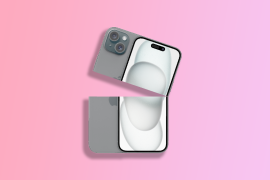Motorola RAZR 40 Ultra review: one peachy clamshell
Flippin’ heck – Moto’s done it!
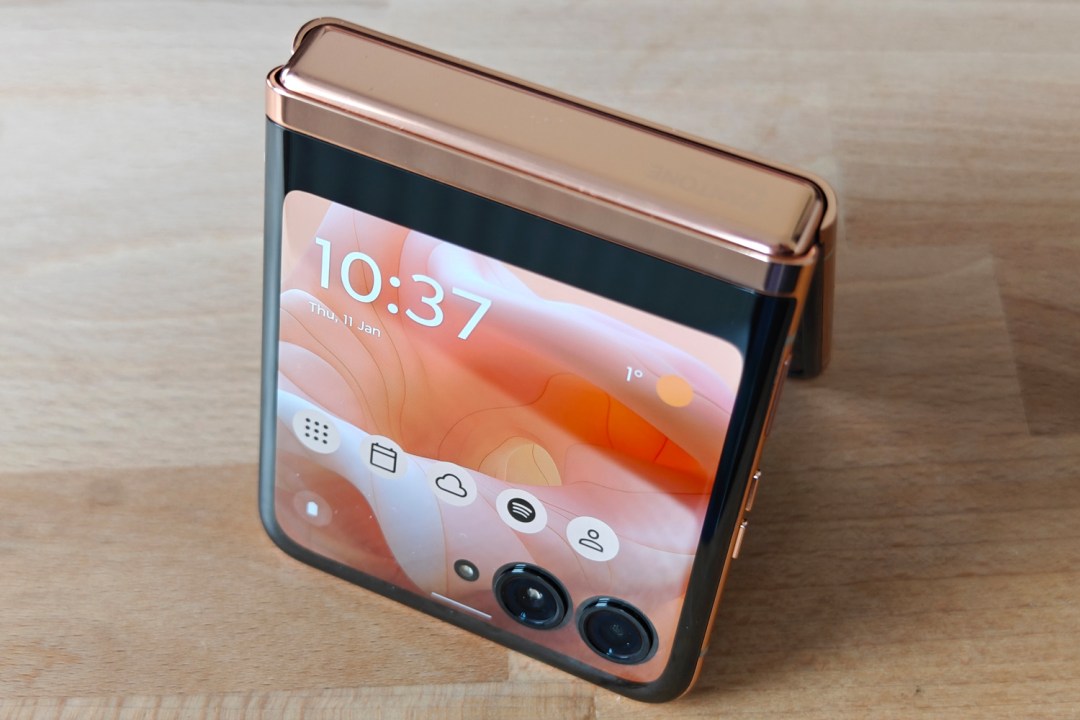
Stuff Verdict
A fantastic flip phone and a return to form for the RAZR line, even if its camera doesn’t always hit the mark.
Pros
- Fun, slim, lightweight design
- Best-in-class cover screen
- IP54 resistance and wireless charging make the cut
Cons
- Cameras aren’t best-in-class
- Less water-resistant than Z Flip 4
- Pricier than competition
Motorola’s iconic clamshell line has been making a comeback for almost half a decade now. Ever the trier, Moto has kept iterating, tweaking and refining – and finally we have a foldable smartphone worthy of the RAZR name. The Razr 40 Ultra (also known as the Razr+ in the USA) is the thinnest flip phone around, and if you pick it up in Magenta with a vegan leather back, it’s the lightest too. Yet it also has the biggest cover screen, and it’s that cover screen which makes all the difference.
Unlike the Samsung Galaxy Z Flip 5 and Oppo Find N2 Flip, the Razr’s cover screen can run full apps right out of the box, saving you from diving into the main display. It also inadvertently saves on battery, and helps make the phone feel seriously special day to day. In case you couldn’t tell, I’m impressed – but it isn’t perfect. Let’s get into the finer details and figure out if Motorola’s new flip phone is the best foldable out now.
Review originally published June 2023. Updated January 2024 with new Peach Fuzz variant
How we test smartphones
Every phone reviewed on Stuff is used as our main device throughout the testing process. We use industry-standard benchmarks and tests, as well as our own years of experience, to judge general performance, battery life, display, sound and camera image quality. Manufacturers have no visibility on reviews before they appear online, and we never accept payment to feature products. Find out more about how we test and rate products.
Design: what a peach
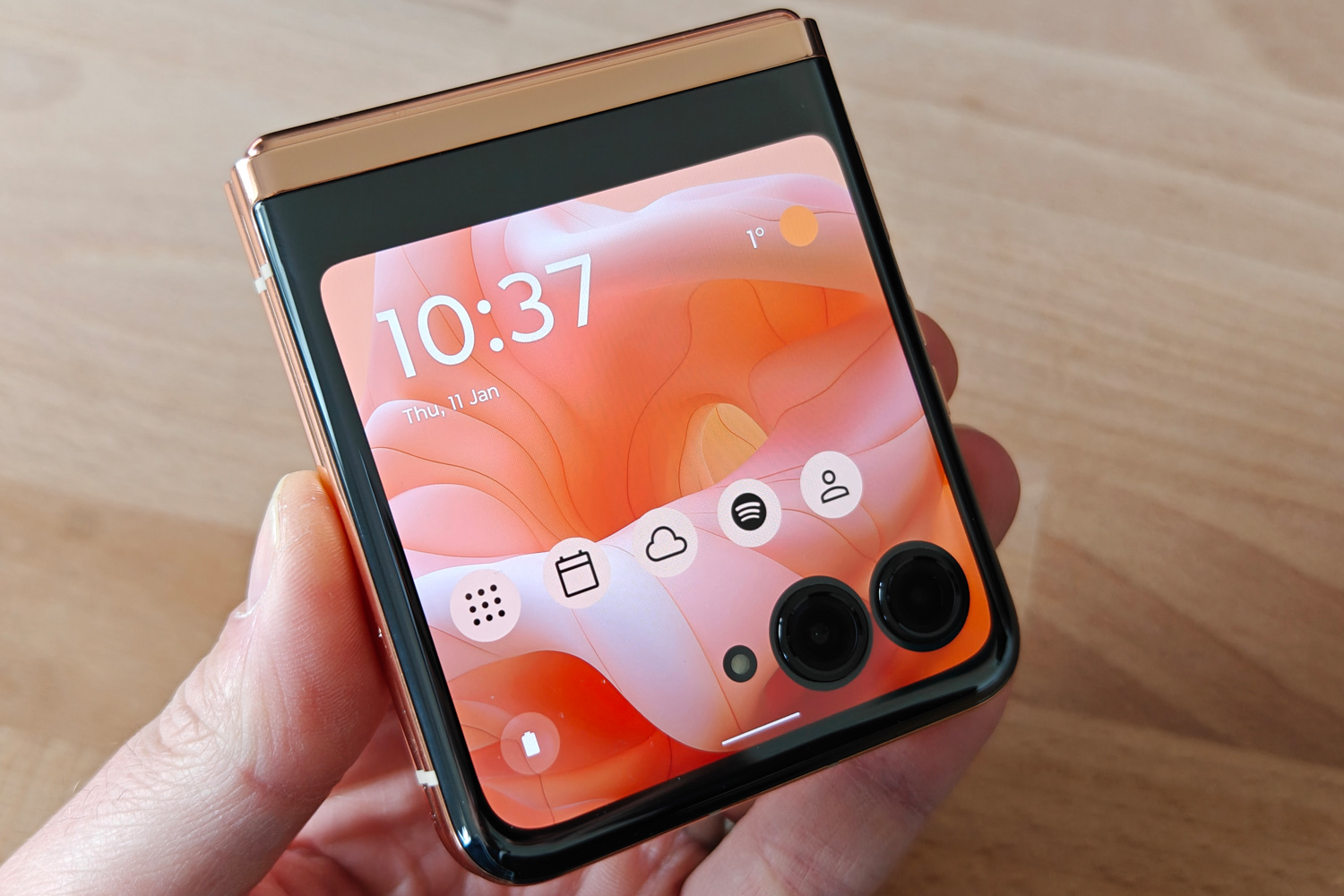
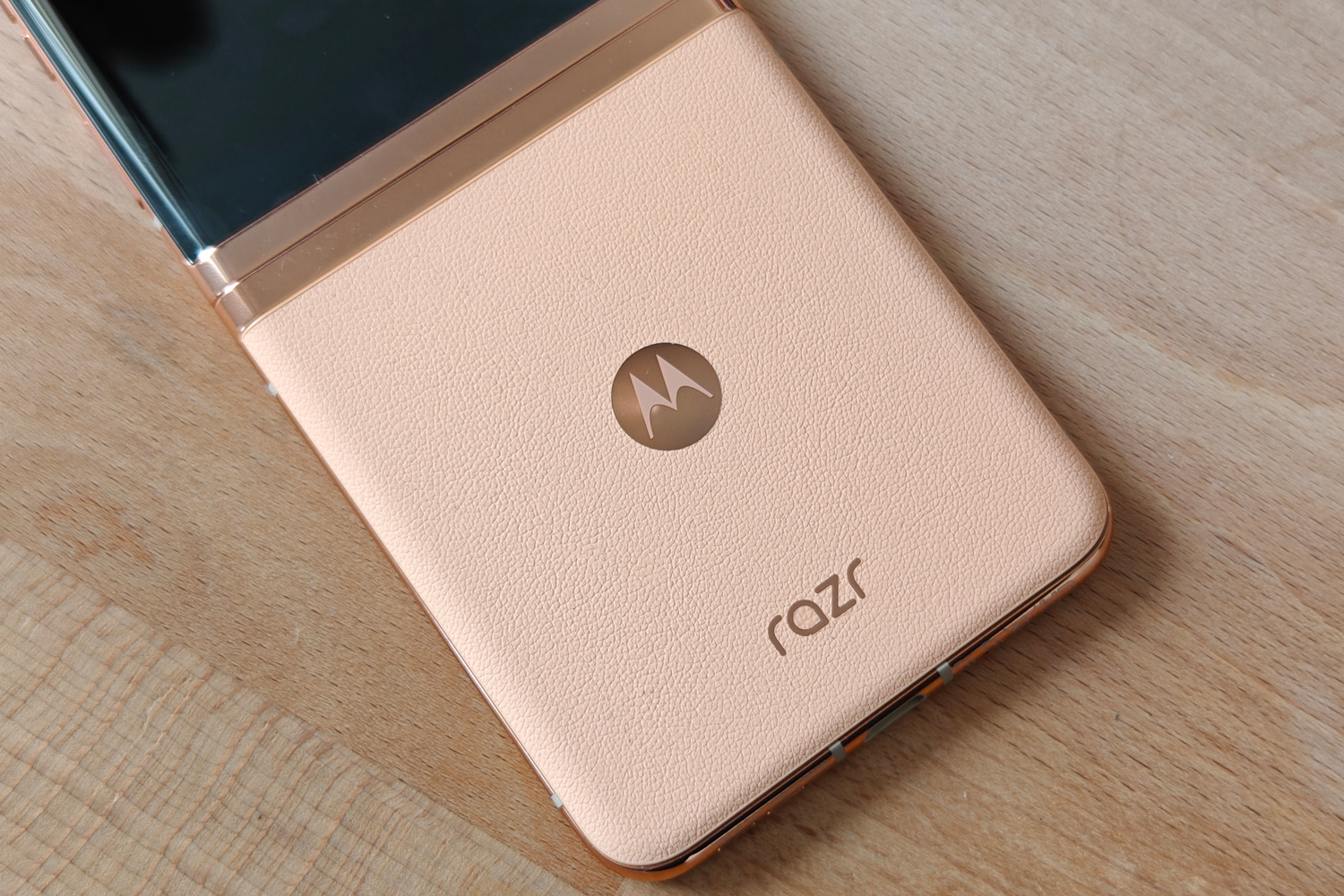
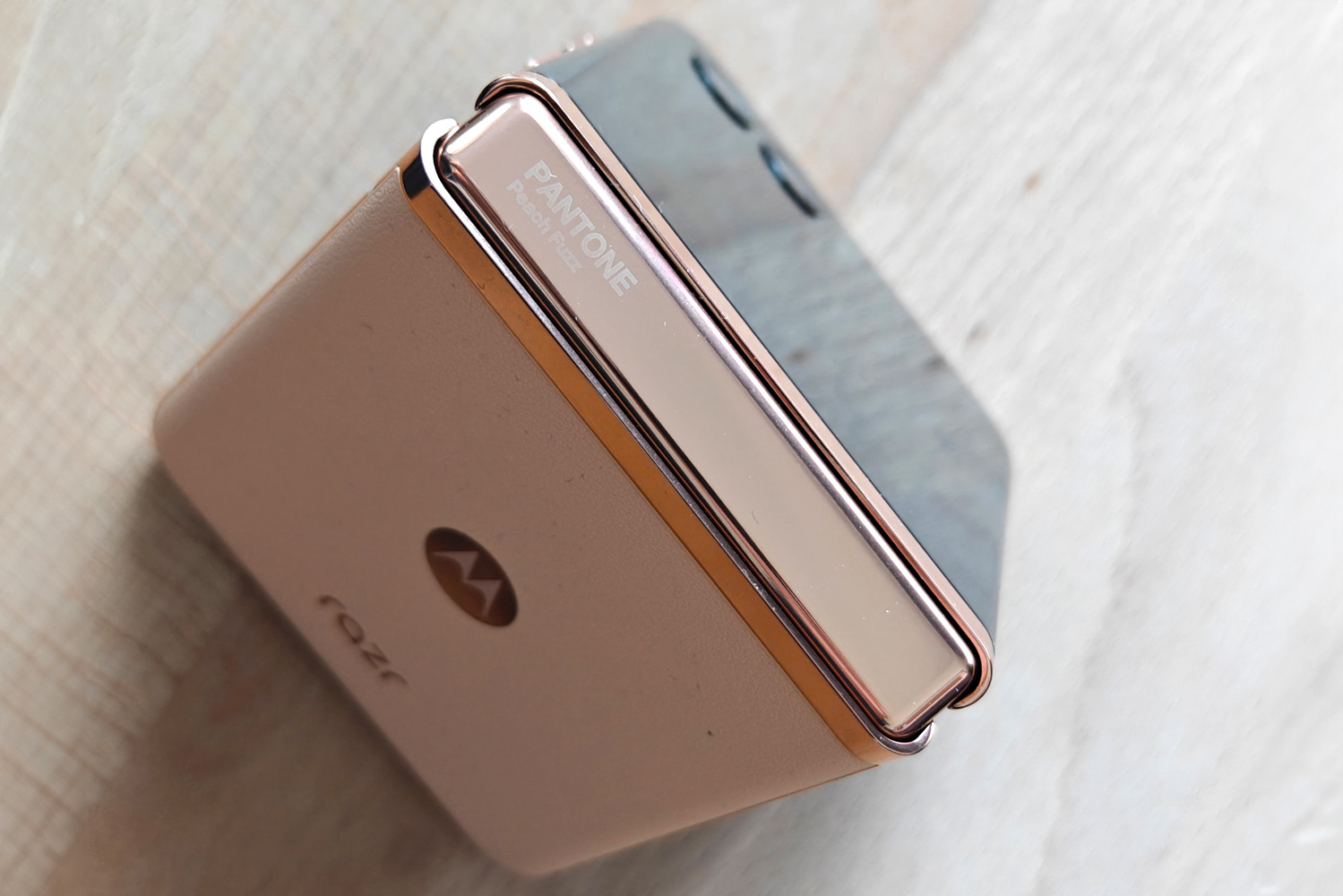
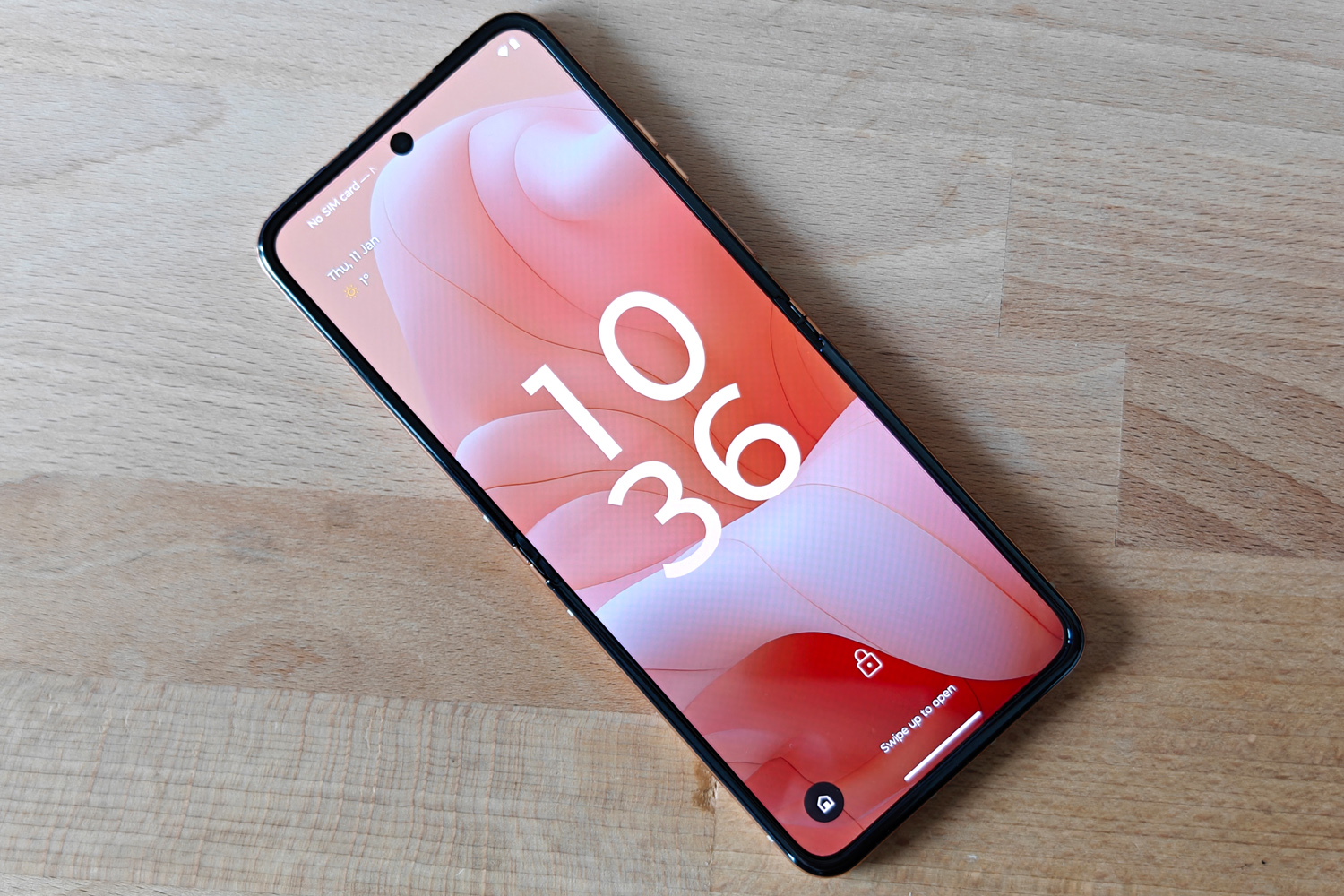
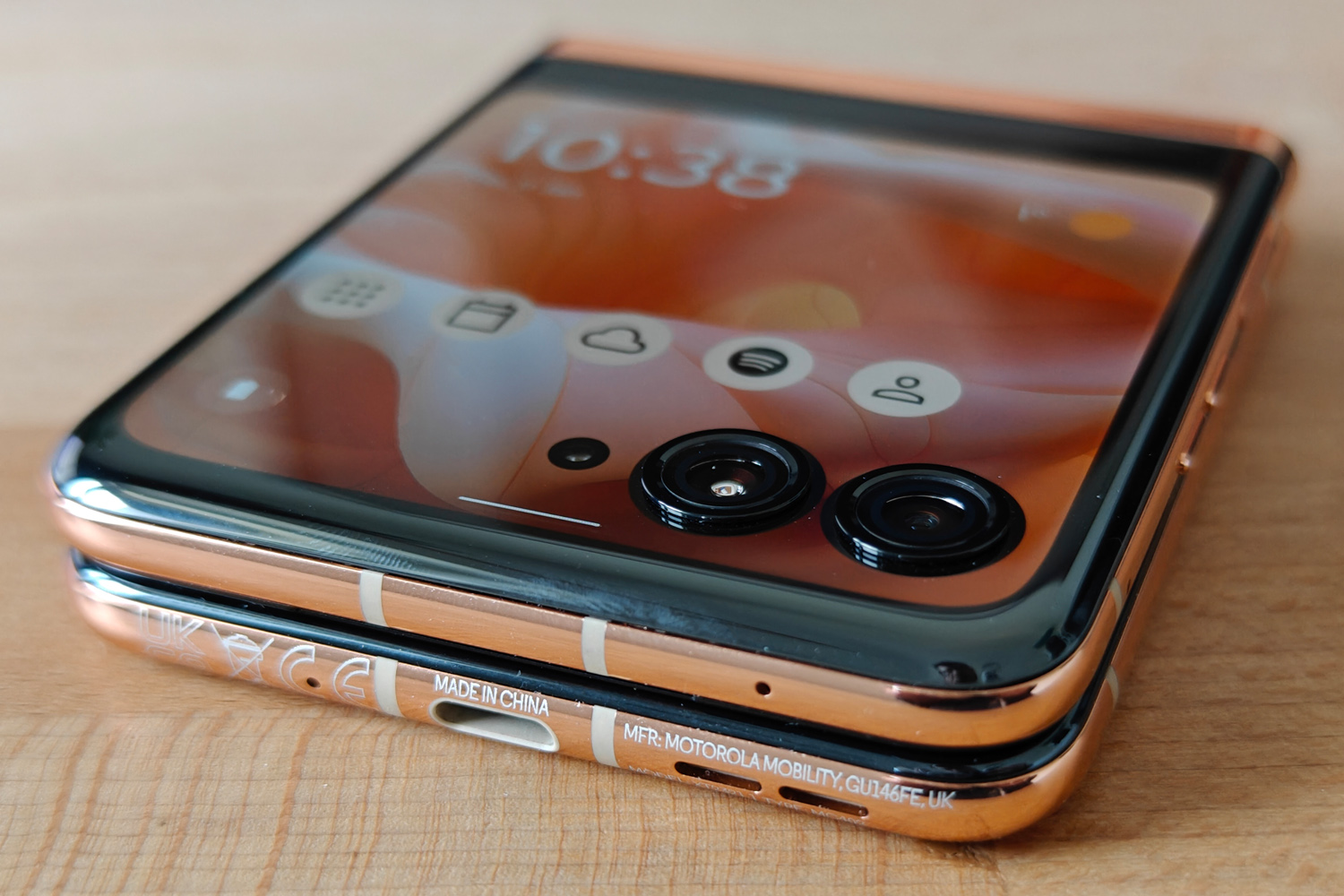
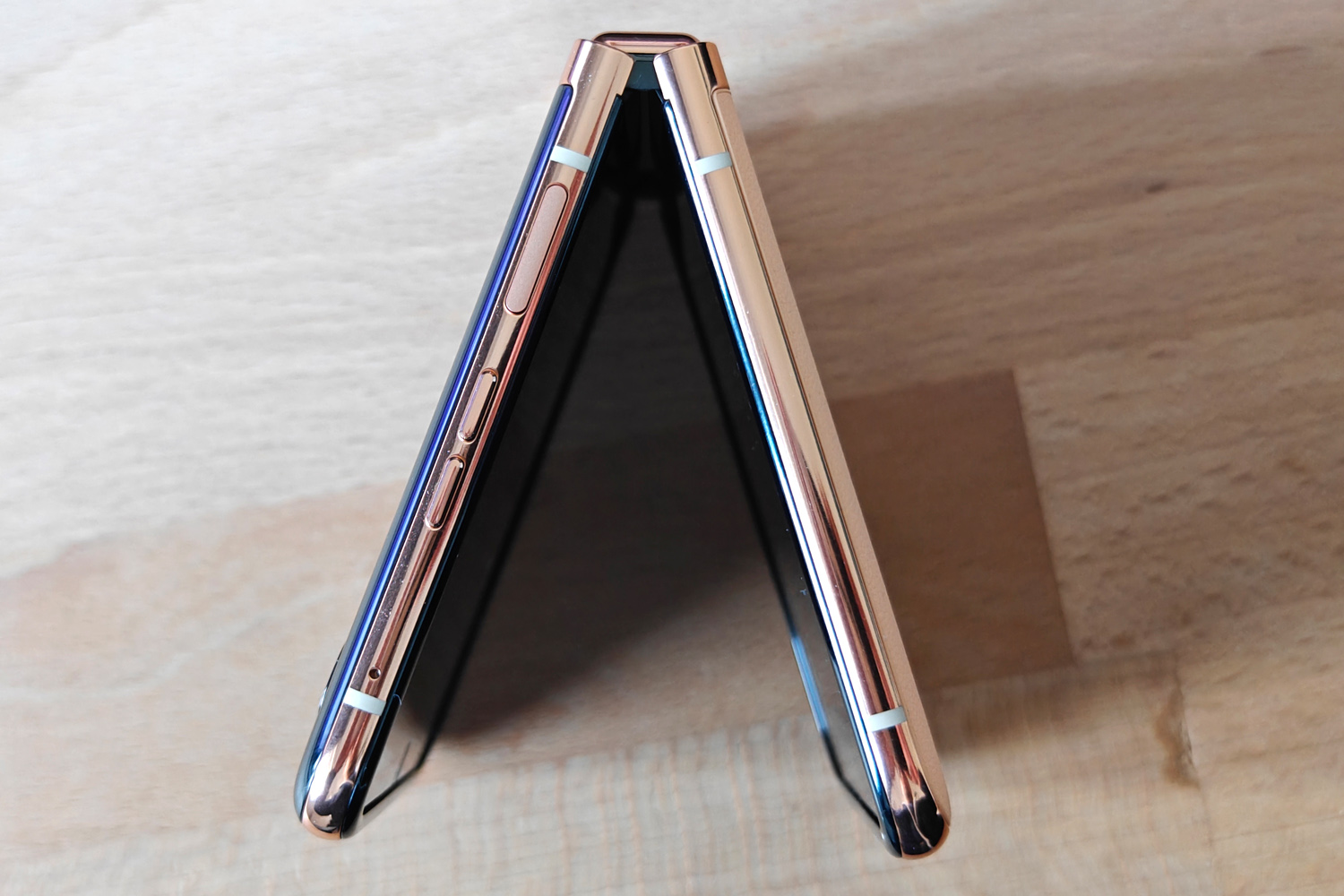
The Razr 40 Ultra is an attention-grabbing phone in just about every colour. It originally launched with three options: Glacier Blue, Infinite Black, and Pantone colour of the year 2023 Viva Magenta. I tested the zingiest, pinkest model, which has vegan leather and a slightly lighter 184.5g frame, versus the 188.5g black and blue versions and their glass backs.
Later down the line, Motorola brought 2024’s Pantone colour of the year into the fold. Peach Fuzz also gets the vegan leather treatment, along with a metal frame I’d argue is more like rose gold. Either way it’s a stunner, if perhaps a little more feminine than the more universal Magenta model.
Regardless of colour, the Razr 40 Ultra’s design standout is its big and bold cover screen. It has a mirror finish when powered off, then lights up to fill almost the entire front face – including around the dual camera lenses. I think it’s far slicker than the Galaxy Z Flip 5’s angular cutout.
The Razr’s hinge mechanism isn’t quite as sold as that of Samsung’s clamshell, though, and only stays part-open between 45º and 140º. That’s still plenty for using the camera app to get a steadied shot, or watching optimised video apps like YouTube at a comfortable viewing angle. A tent mode also lets you part-open the phone to watch videos hands-free on the front display; it’s small, but manageable for casual watching. I found it was perfect for resting in the magazine rack of an airline seat, putting it perfectly at eye level.
Buttons and ports match up to the outgoing Razr 2022. Power and volume are on the right, with the former doubling as an accurate and fast-reacting fingerprint scanner. A USB-C port sits at the base, next to a bottom-firing loudspeaker. It’s one half of a stereo audio setup tuned by Dolby.
While last year’s model missed out on official ingress protection (as did most foldables), Motorola has stepped up the IP rating of its latest Razr. The 40 Ultra is IP52 splash and dust resistant. This out-ranks the dust resistance of the IPX8 Galaxy Z Flip 5, but falls behind on water resistance. Submerging the Razr 40 Ultra is out of the question. Still, the Razr is a very well-made flip phone.
Screens: Cover model
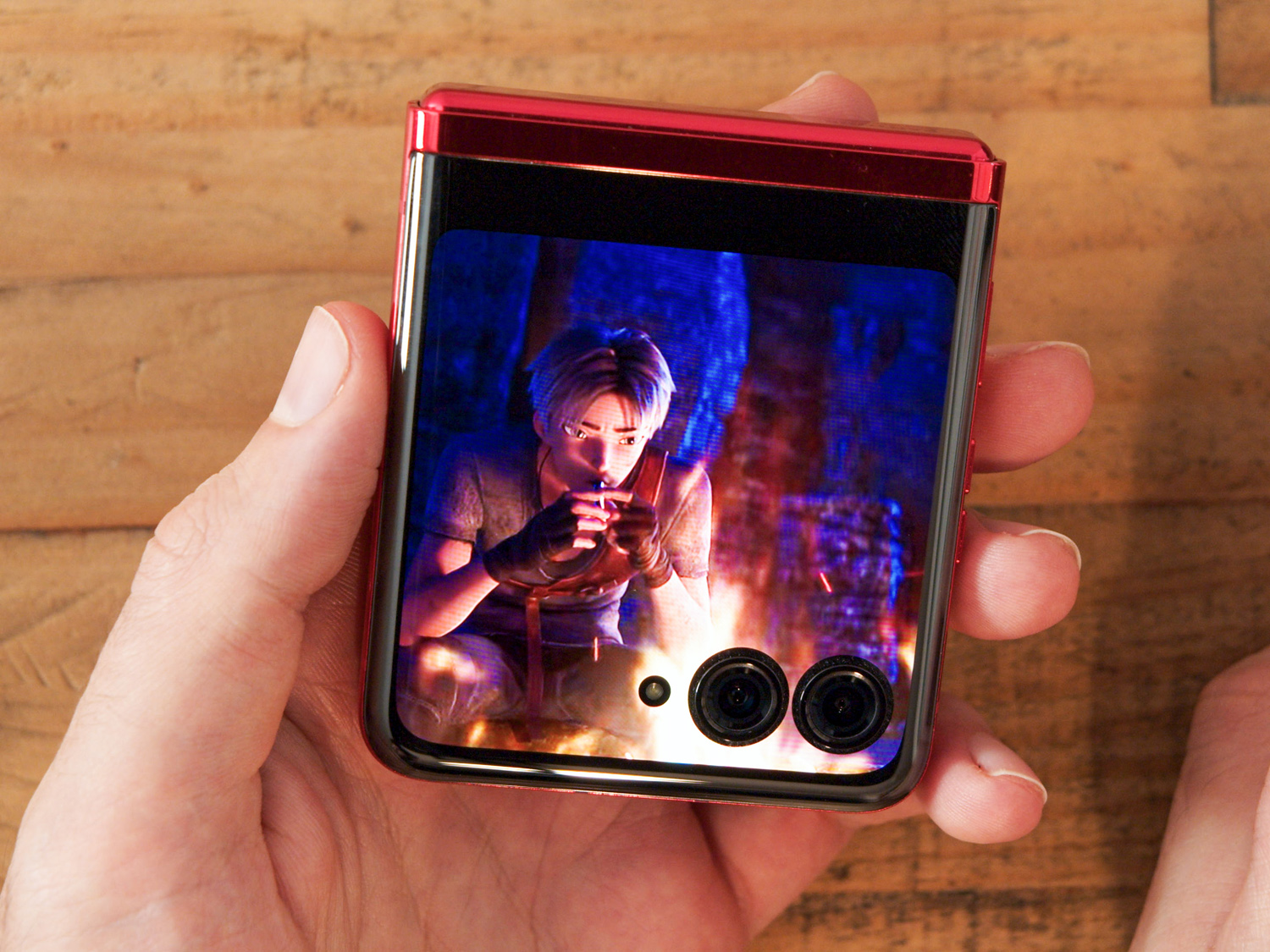
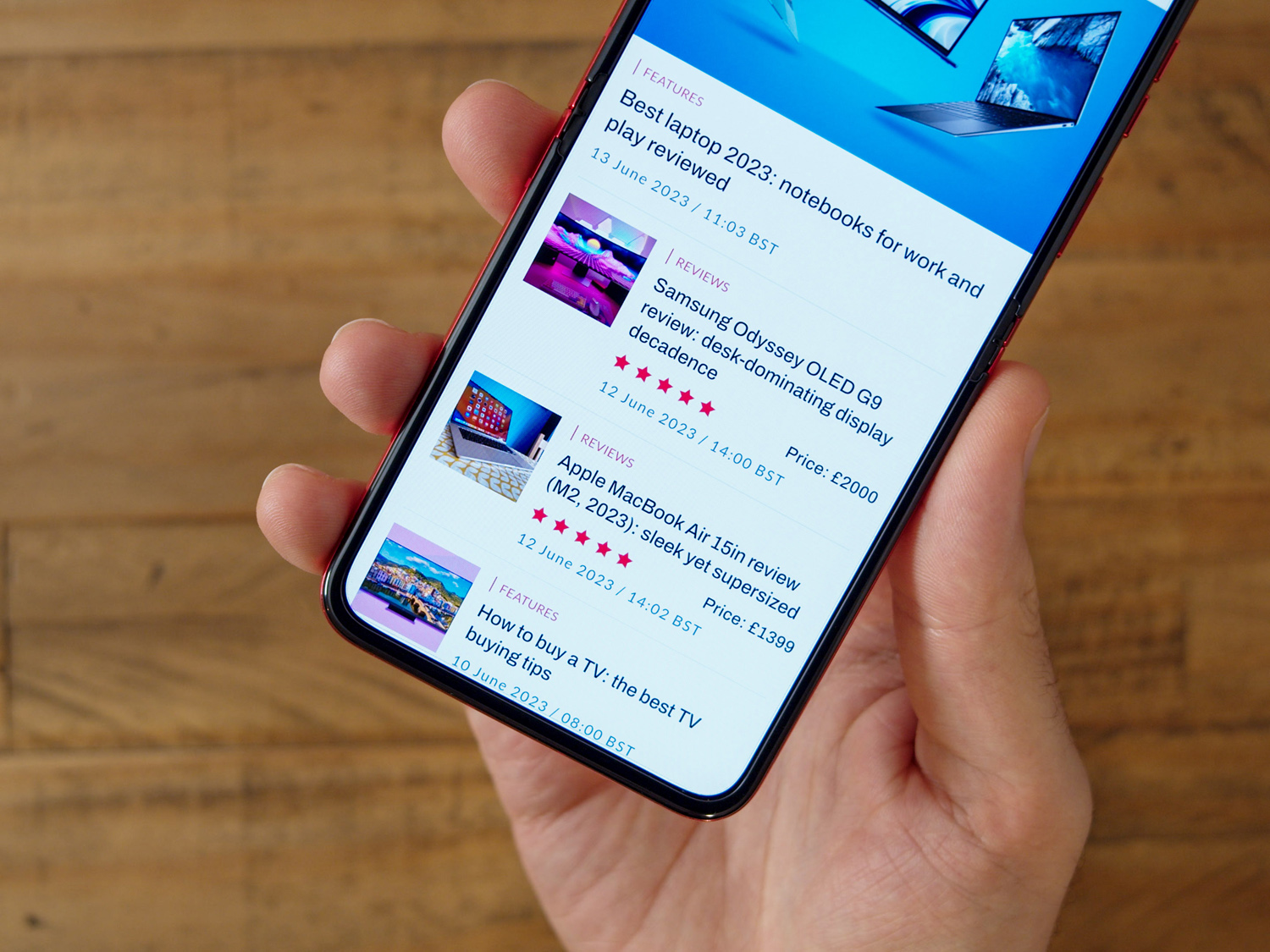
The Razr 40 Ultra’s cover screen is a massive 3.6in. The square shape creates a much larger surface area than longer cover screens on Oppo and Samsung flip phones.
More than just big, it’s also sharp and smooth. The OLED panel has a 144Hz refresh rate, and the high 413ppi pixel density gives the same clarity as the inner screen, which is a really nice touch. It was responsive throughout my time with it, and while some apps are cramped, it gave me enough room to swipe through its interface without too many fumbles. Typing is still a bit of a chore, but the overall experience is much better than last year’s Razr.
Navigation gestures are a bit fiddly on the cover display, and swapping them for onscreen buttons also forces them on you for the inner display, which is something Motorola should look into. That doesn’t take anything away from its responsiveness, though.
Flip open the Razr 40 Ultra and you’re greeted with a tall 22:9 aspect ratio pOLED panel. At 6.9in it’s a reach, to say the least. The better-than-1080p resolution looks perfectly sharp, and I used it in direct sunlight without any issues. Unsurprising, really, given the 1400 nit peak brightness and great viewing angles. Colours have plenty of pop and the 165Hz refresh rate is super-smooth.
It’s also worth touching on the crease, or lack thereof. When unfolded, the Razr 40 Ultra’s fold-line is less visible than any other flip phone I’ve used. While you can feel it, it’s very subtle.
Cameras: Compromises
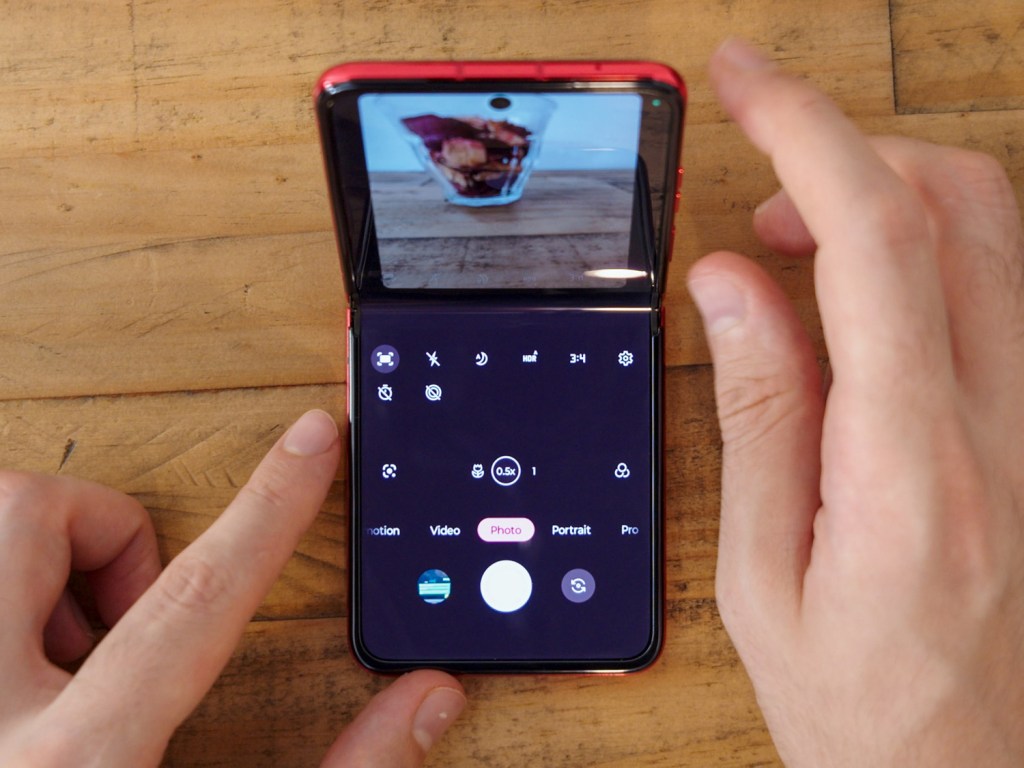
On paper, the Razr 40 Ultra’s weakest area is its camera setup. While phones like the Vivo X100 Pro are rocking giant 1in sensors, the Razr’s 12MP lead snapper is a much more modest 1/2.55in. That said, it’s the same sensor Samsung used on the Z Flip 4, and not far off the one found in the Z Flip 5.
Motorola has also managed to pack in a super-wide f/1.4 lens and optical image stabilisation, to let in lots of light and keep things steady respectively. The 13MP ultra-wide secondary snapper has autofocus, so can double as a macro camera. There’s also a 32MP selfie camera holepunched through the main display, so you can half-fold the phone and enjoy video calls without having to hold it.
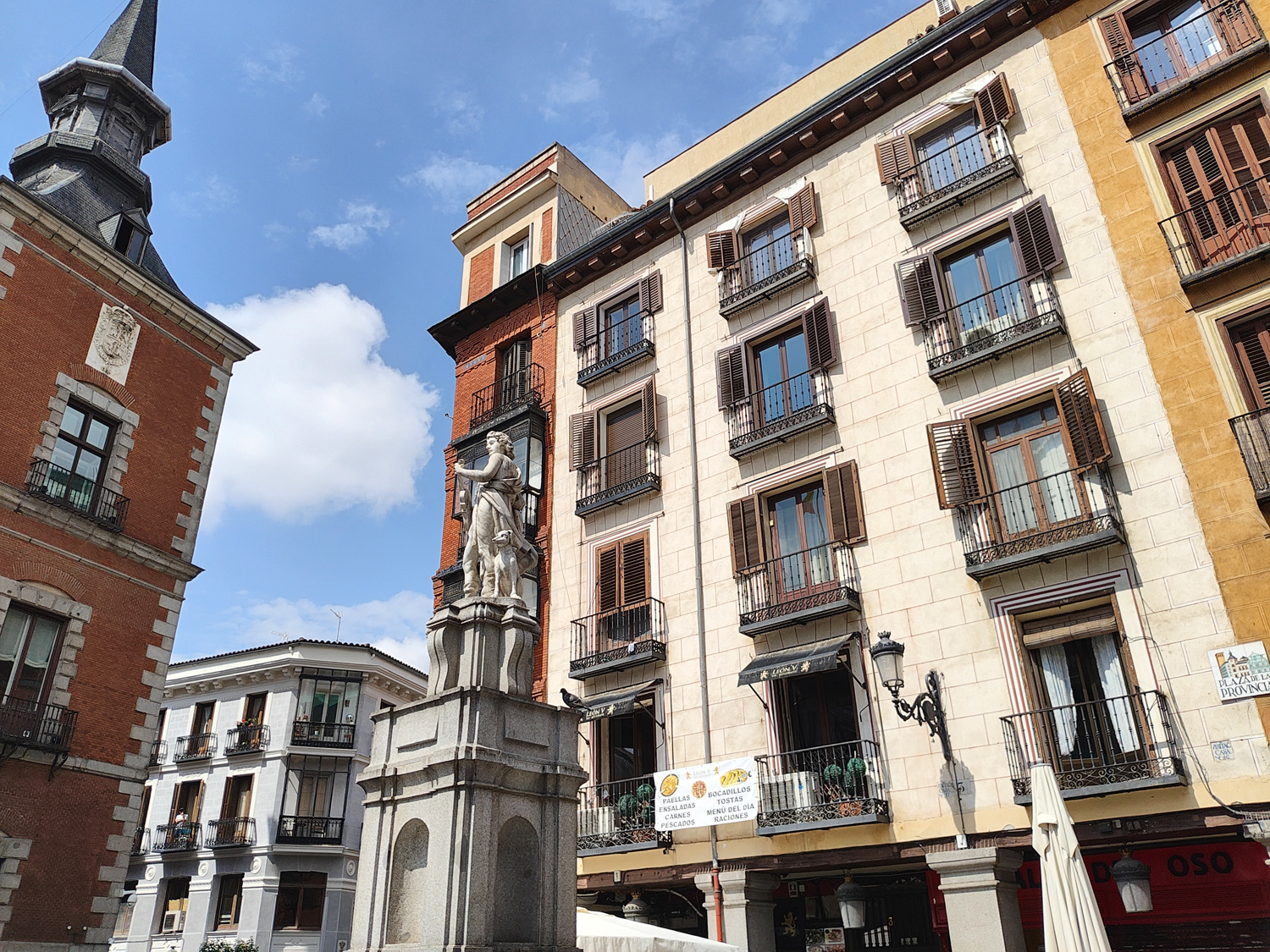
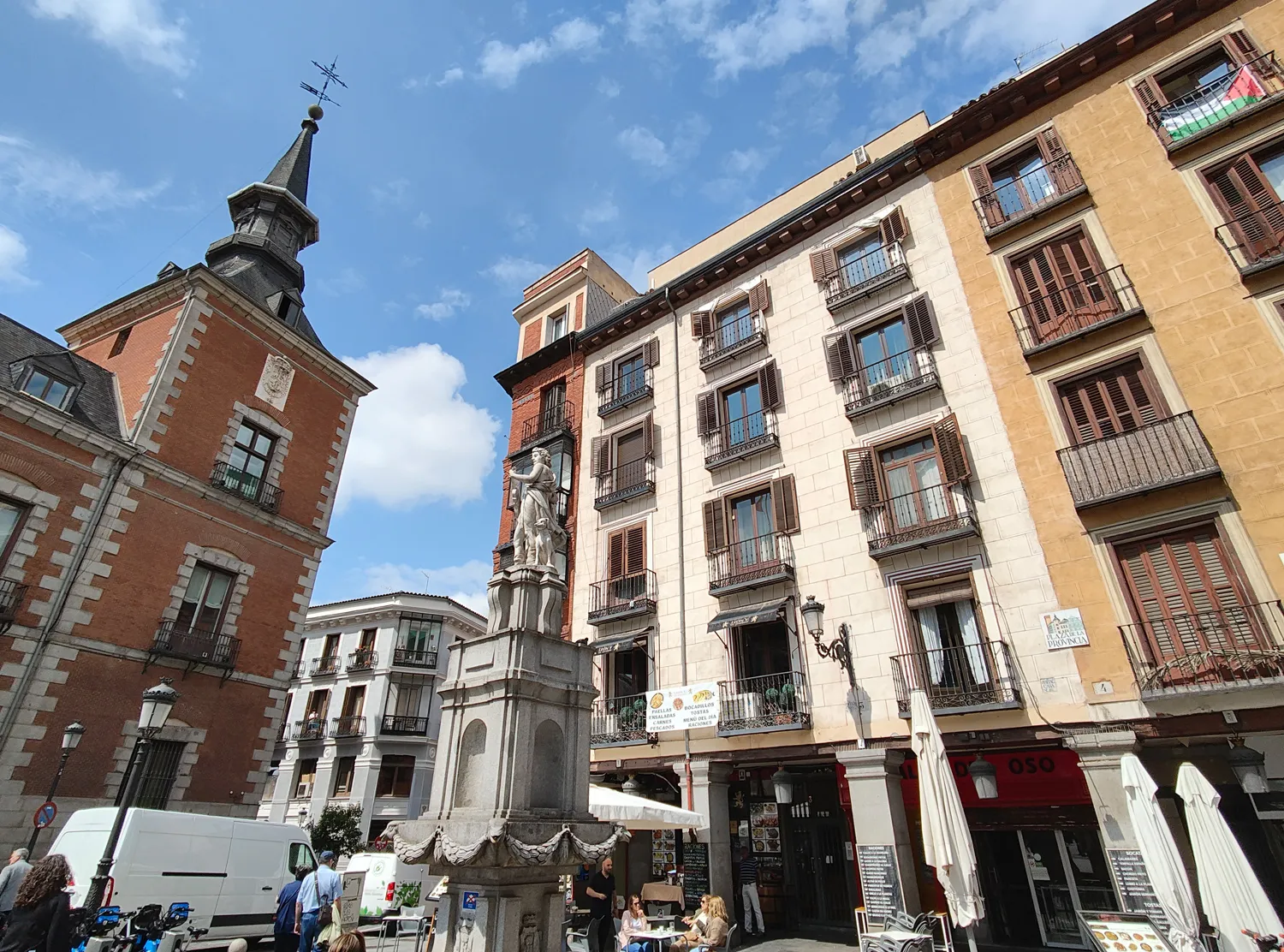
Thankfully, the Razr 40 Ultra’s photos are generally decent when taken in bright environments. Shots pack fairly good detail, punchy contrast, and nearby subjects even get some shallow depth in there. Video is also held together well, even at 4K resolution, and selfies look flattering – especially those taken on the 32MP punch-hole camera in the main display.
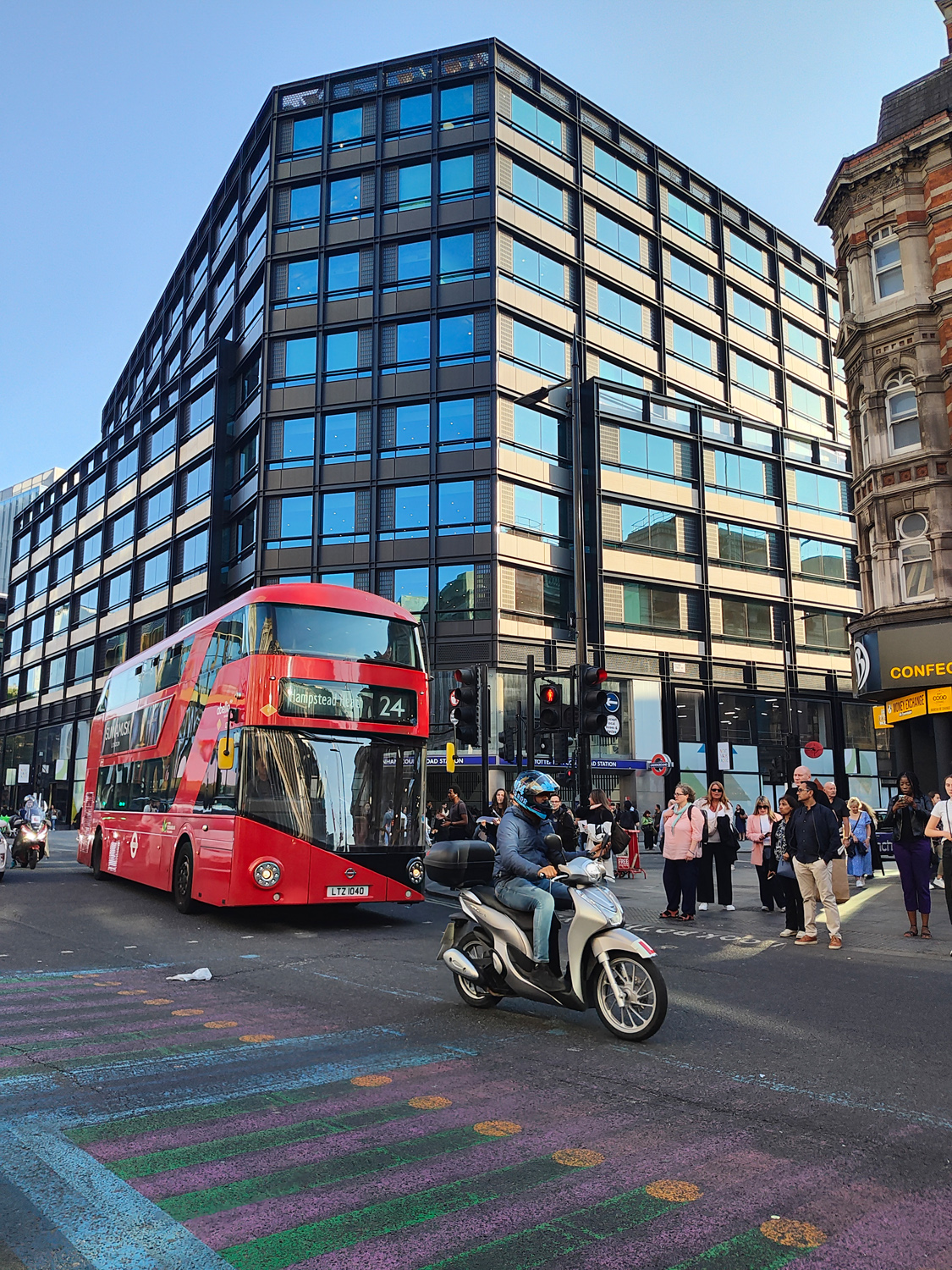
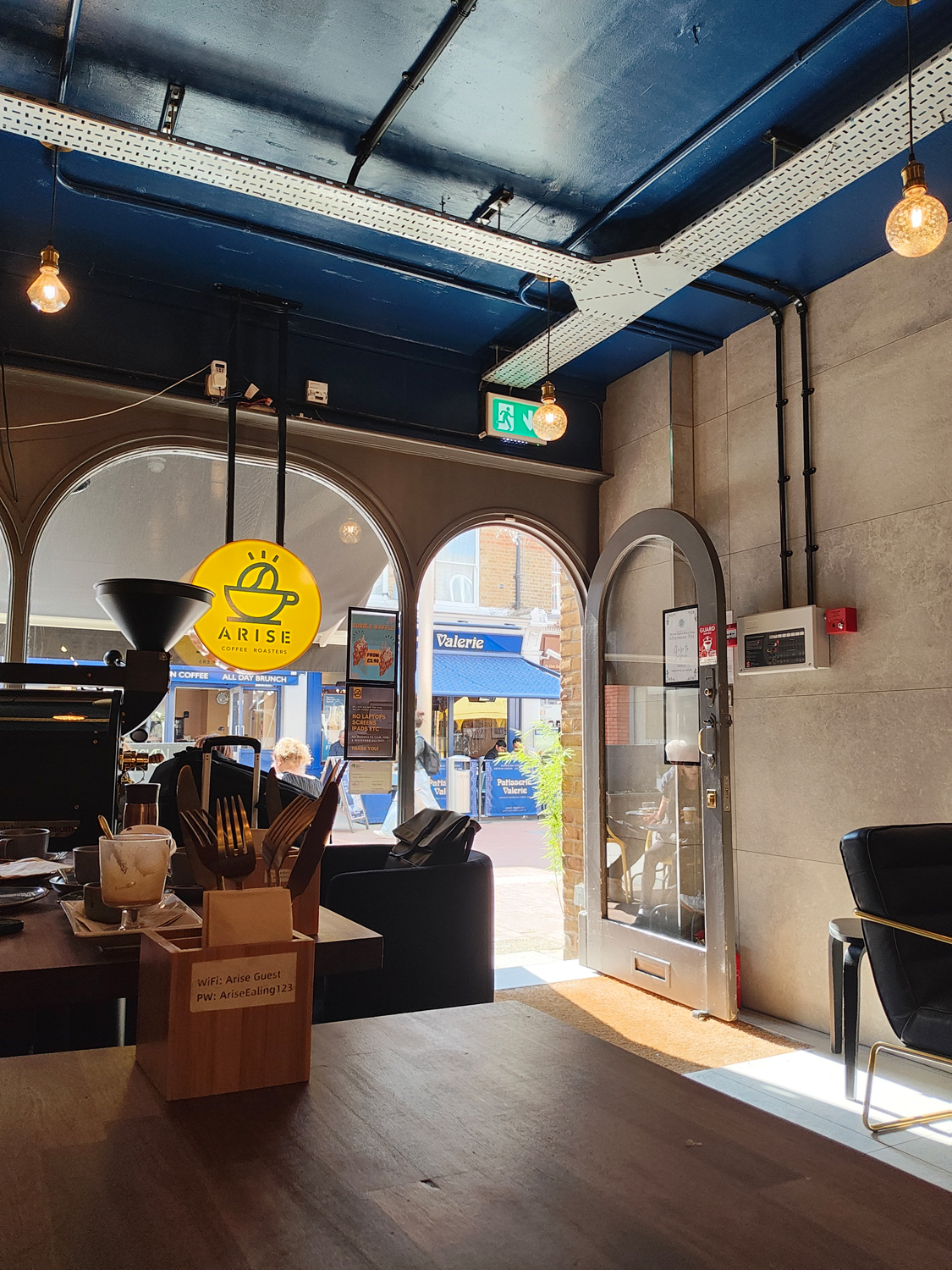

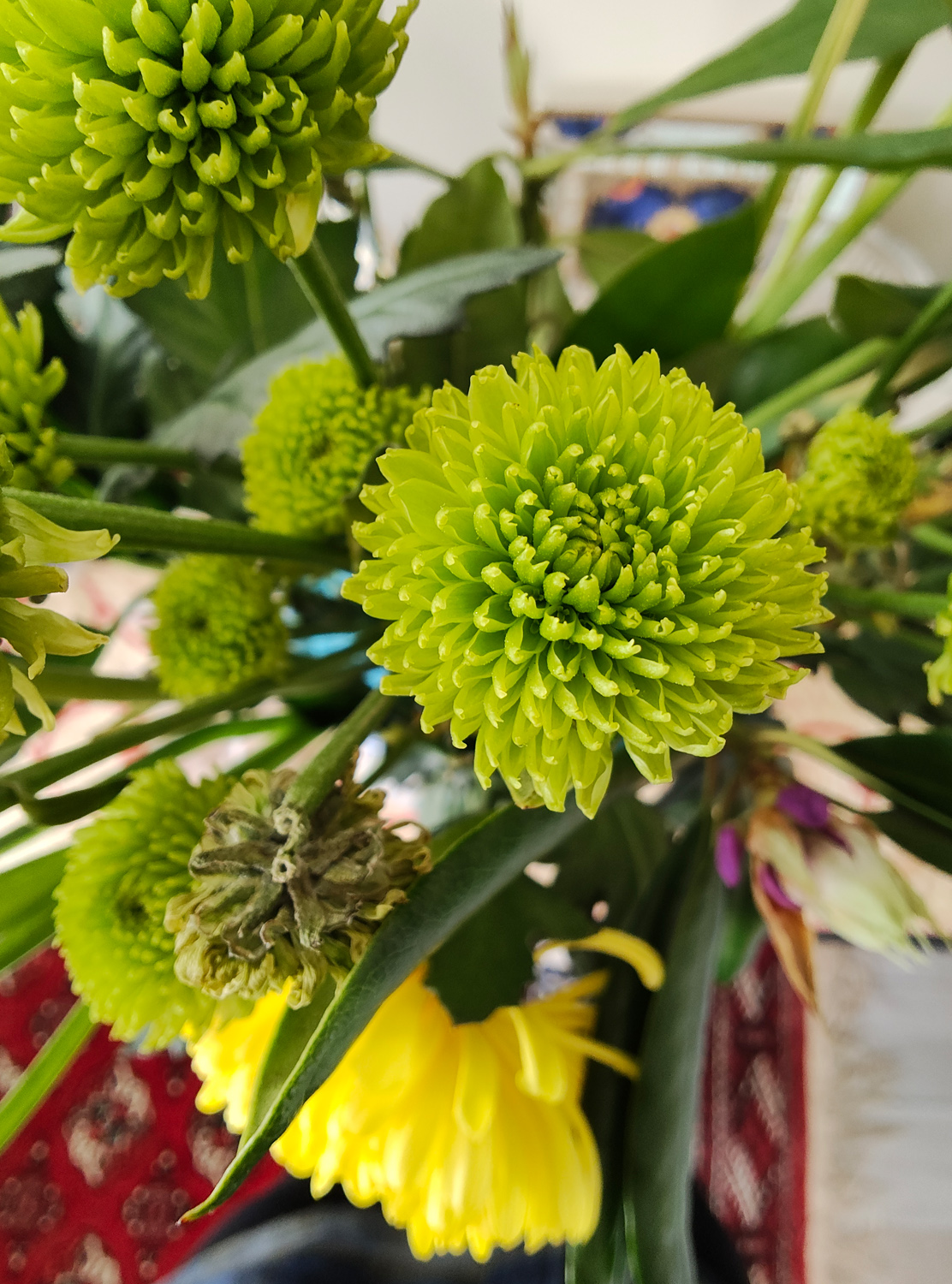
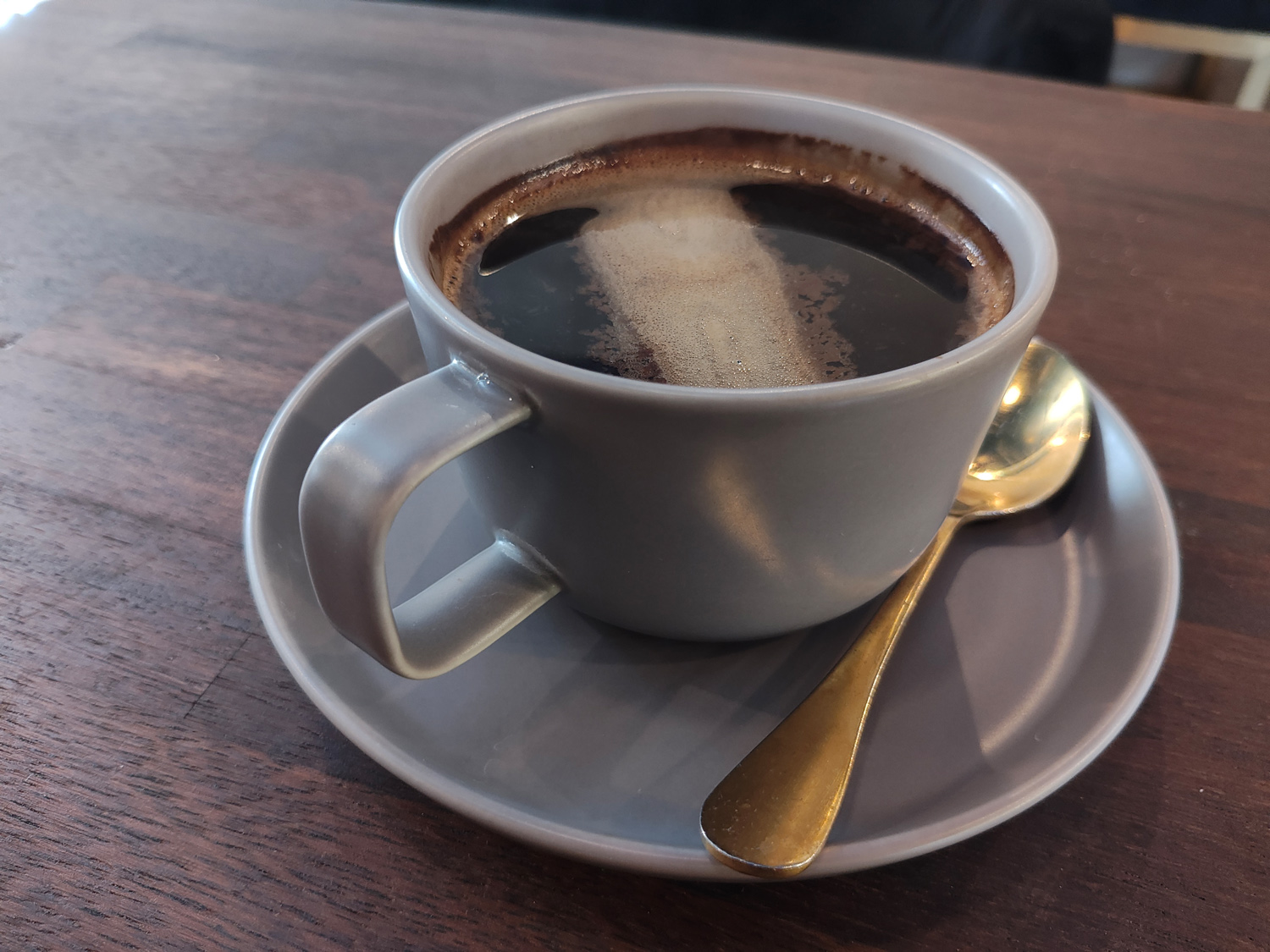
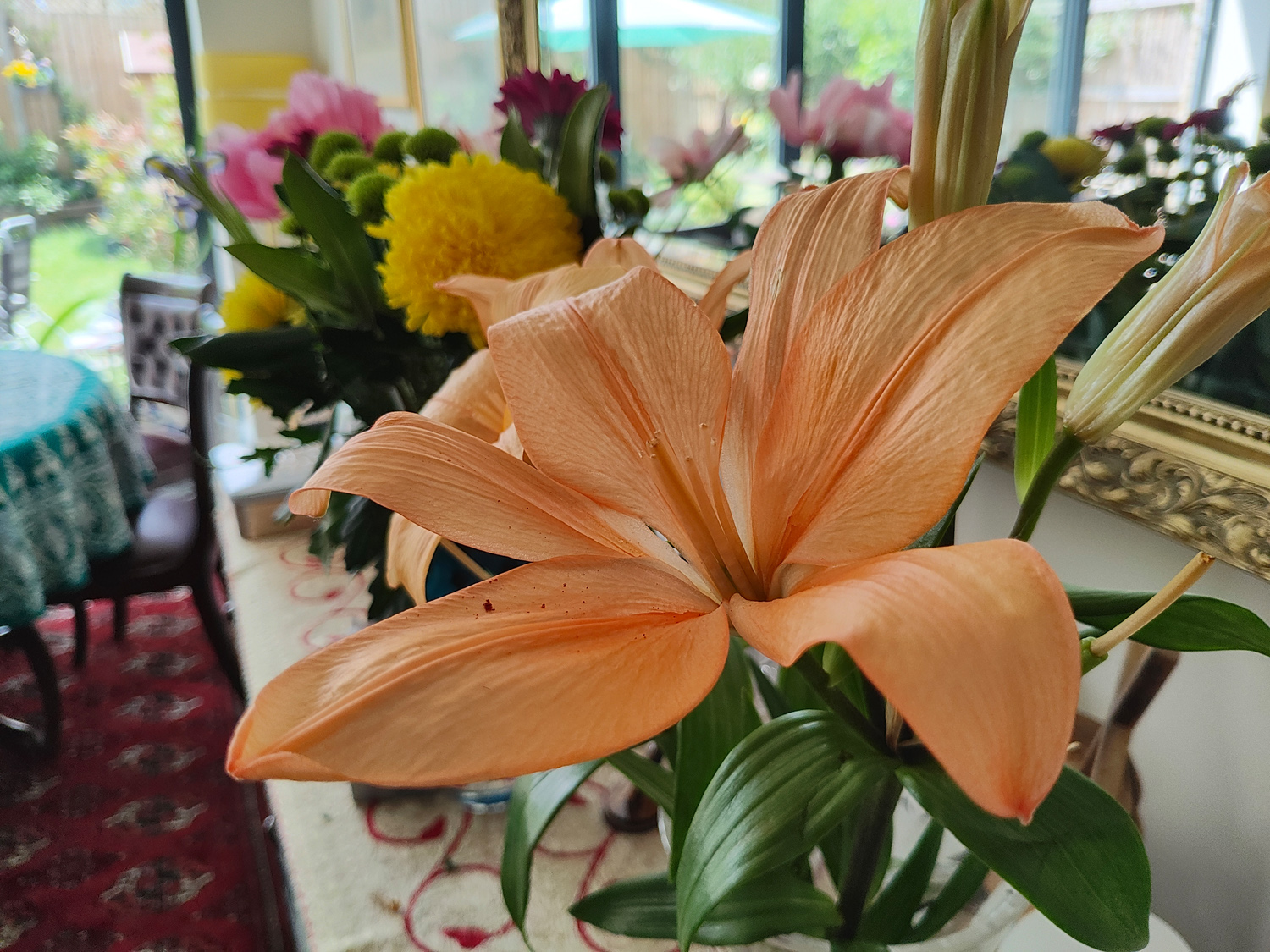

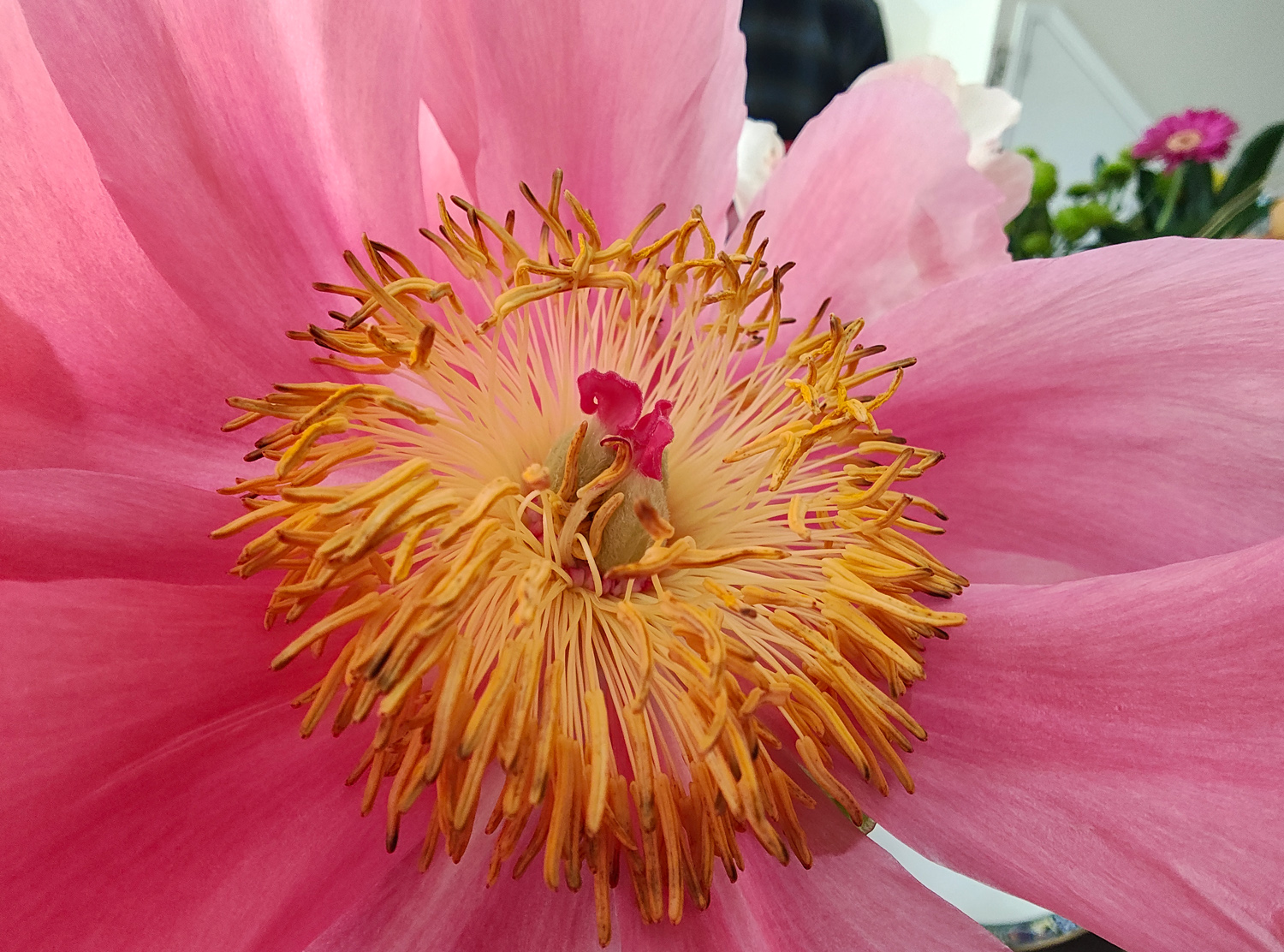
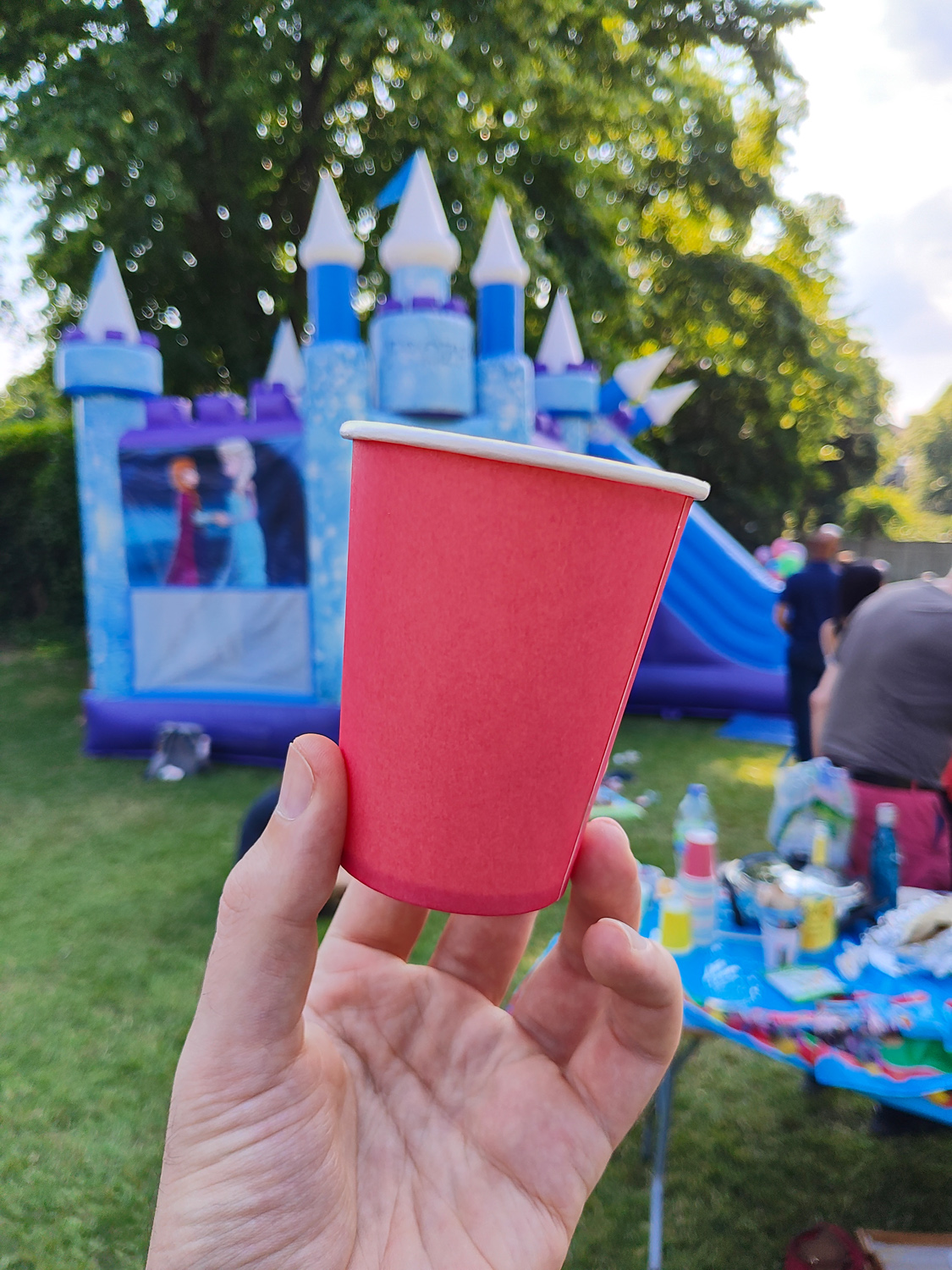
In darker scenes, detail wains and the Razr 40 Ultra struggles to keep colours consistent across its wide and ultra-wide cameras. If you can get the phone on a surface, it’ll really help up sharpness, but handheld results can look a little muddy.
One highlight, though, is macro capture using the ultra-wide camera – something none of the foldable competition can do.
Performance & battery: Flipping familiar
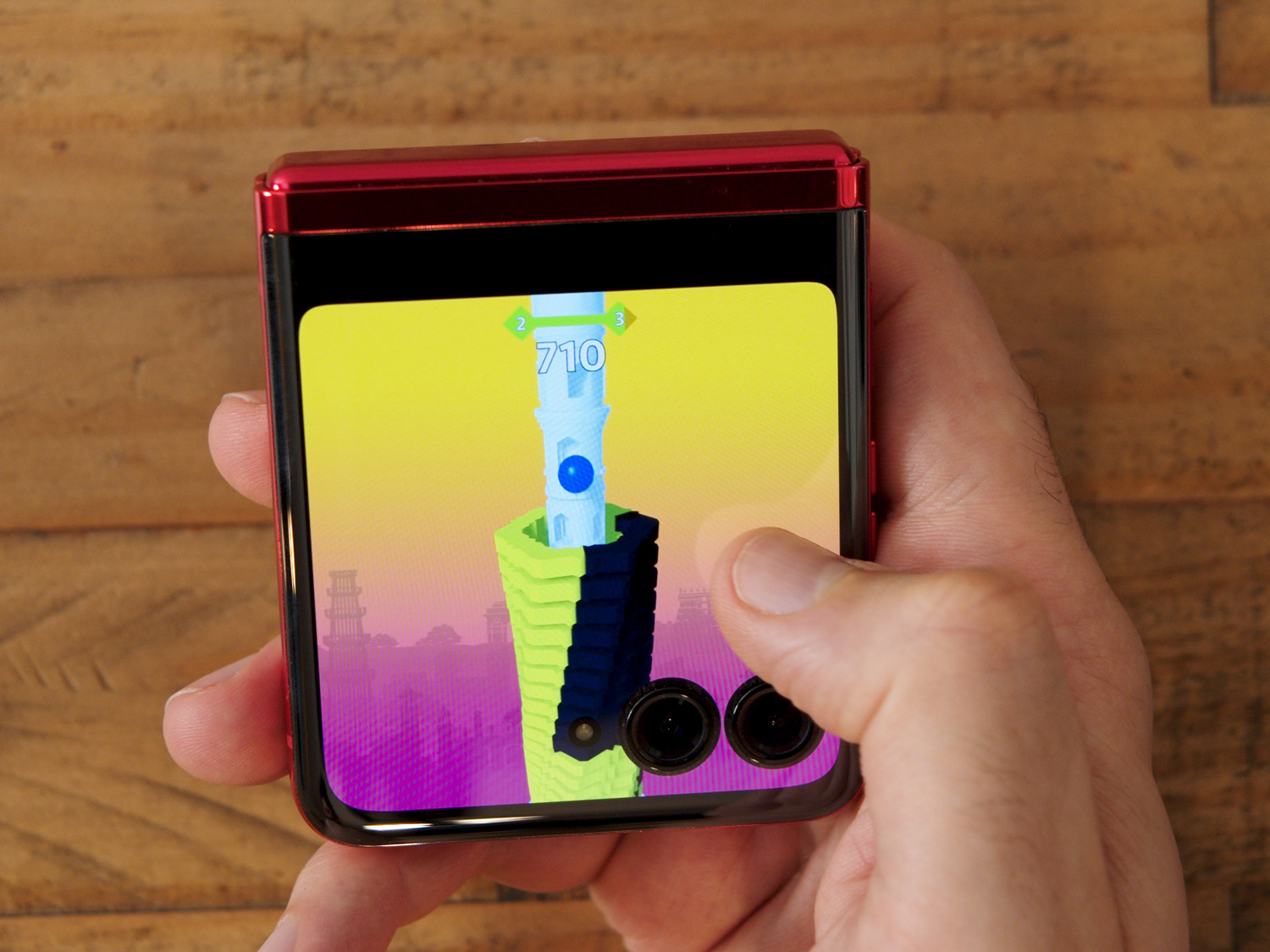
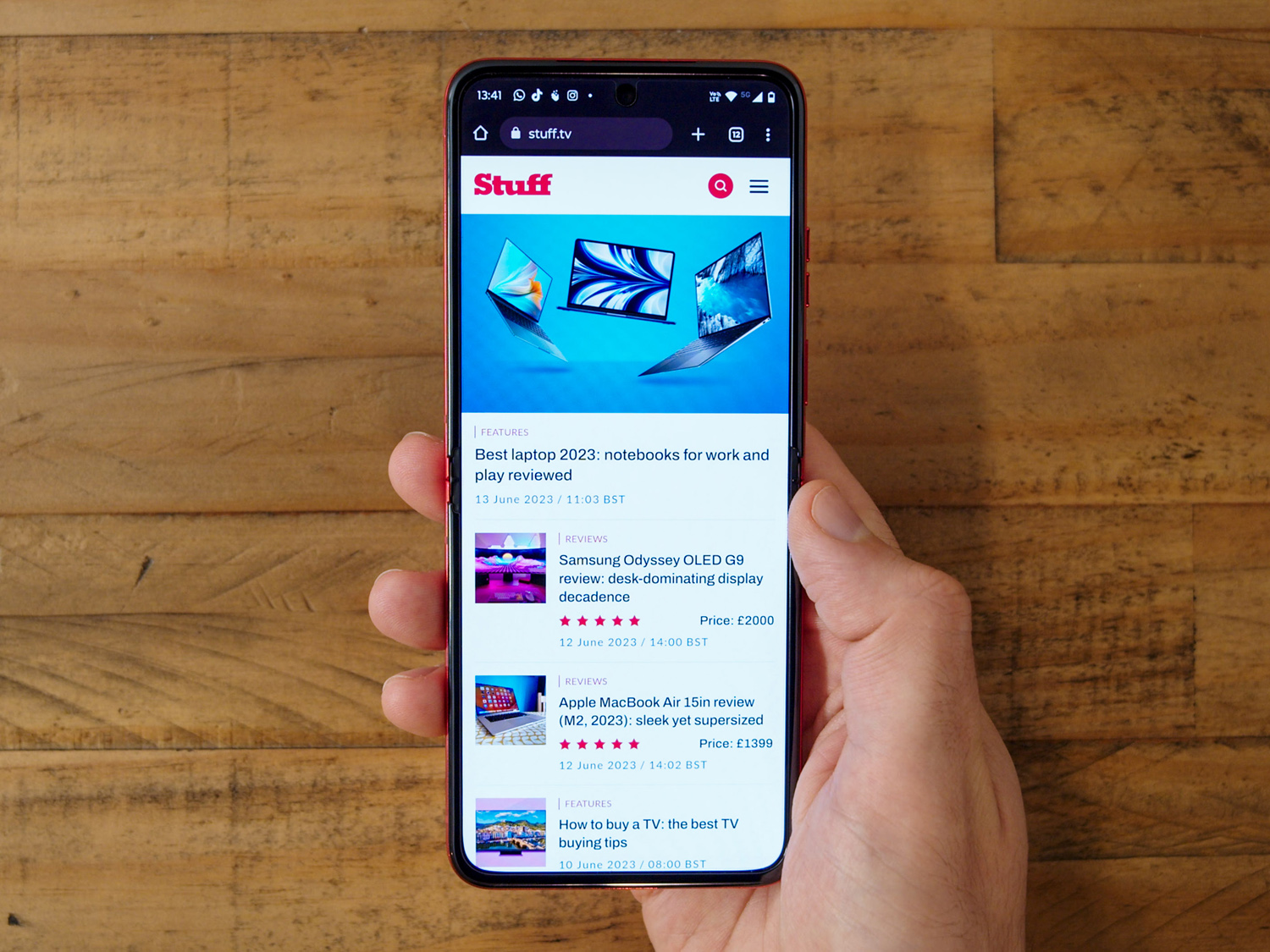
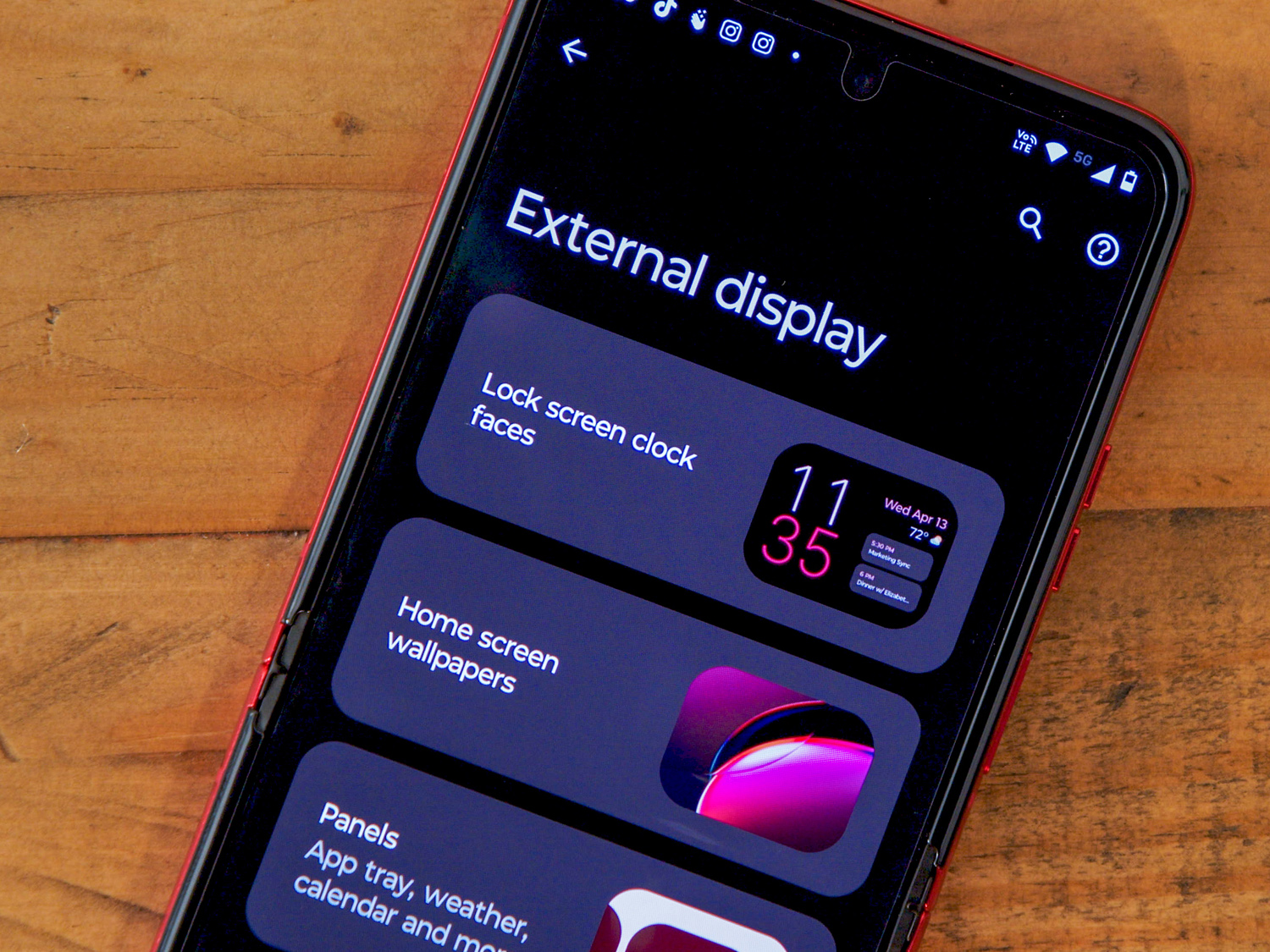
Motorola’s latest clamshell uses a Qualcomm Snapdragon 8+ Gen 1 chipset and 8GB of RAM, just like the Razr (2022) did previously. In itself, that’s no bad thing. The 8+ Gen 1 is a tried and tested foldable champ that can handle pretty intensive gaming, even in slender contenders.
It scored 1765 single-core and 4500 multi-core in the Geekbench benchmark, and 2313 in the 3Dmark Wild Life Extreme test. That outperforms the Oppo Find N2 Flip, but puts it behind the Galaxy Z Flip 5 and its newer, more efficient Snapdragon 8 Gen 2. Practically speaking I experienced near top-tier gaming, managing 30 minutes of Genshin Impact with just a few frames dropped at near-max graphics settings. Heat wasn’t an issue unless hammering gaming and hotspot use simultaneously.
The Razr edged out its contemporary Samsung rival, the Galaxy Z Flip 4, on storage. It starts with 256GB, which was double that of the Flip, although Samsung then rectified that for the Z Flip 5. If you don’t think that’ll be enough, a step-up model has 512GB of storage and 12GB of RAM. You won’t find an SD card slot here, though.
Motorola launched the Razr 40 Ultra on Android 13, with a handful of familiar UI customisations. From gestures to launch the camera or turn on the torch, through to a highly configurable always-on display, Moto continues to balance a streamlined experience with feature flourishes. By the time the Peach Fuzz variant arrived, though, rivals had begun upgrading to Android 14; at the time of writing, there’s no word on when the Razr will do the same.
With two sizeable camera cutouts to account for, the cover screen defaults to only showing apps in the upper portion. You can toggle then to fill the entire display if you don’t mind content being obscured. It’s intuitive enough, even if it lacks the locked-down polish of iOS, but isn’t afraid to let you run any third-party app without needing software tweaks first.
The Razr 40 Ultra can’t touch the current clamshell battery capacity champ, Oppo’s Find N2 Flip – but a 3800mAh cell still did a great job of getting me through a full day. In fact, I saw the best battery performance of any flip phone I’ve tried, provided I didn’t use the main display too much. That was easily done, given how usable the cover screen is. Whether choosing songs or playlists, reading messages in Gmail or WhatsApp, or even firing up one of Moto’s cover screen games, I could enjoy a smartphone-rich day without opening up the Razr more than a handful of times. This had a massive impact on battery life, helping me eke two days out of the phone on one occasion.
It’s great to see Motorola add wireless charging to the Razr line, even if it’s a slow 5W trickle versus the 15W you’ll find on rival clamshells. If you want to plug in, the Razr 40 Ultra ships with a 33W wired charger in the box.
Motorola Razr 40 Ultra verdict
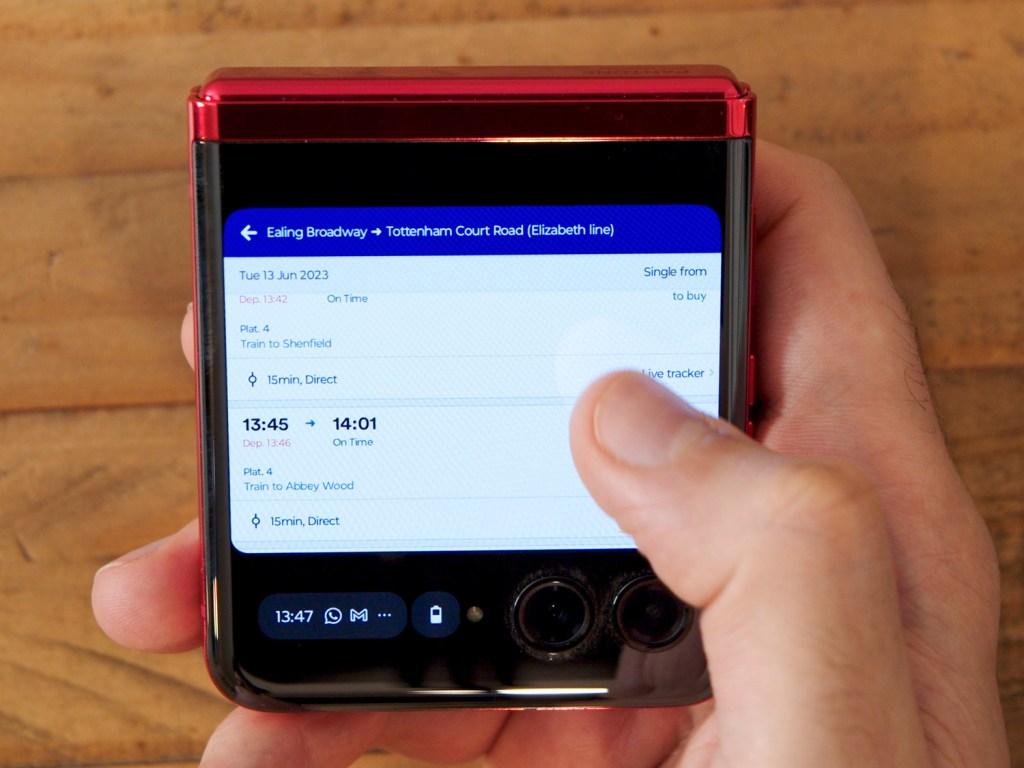
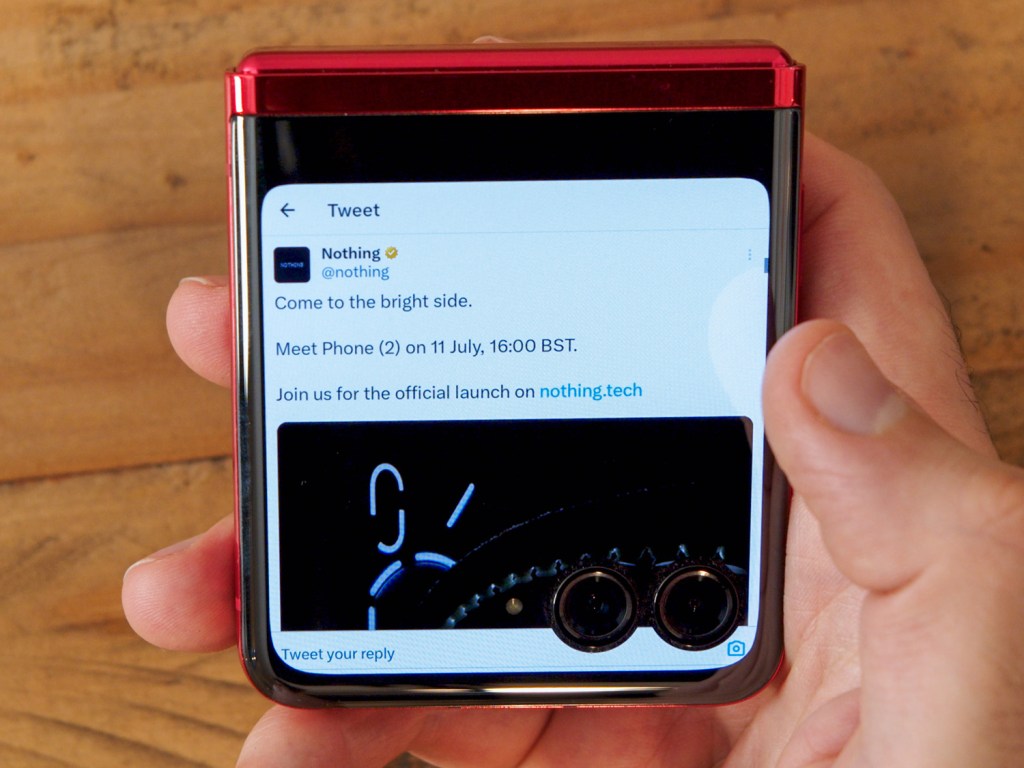
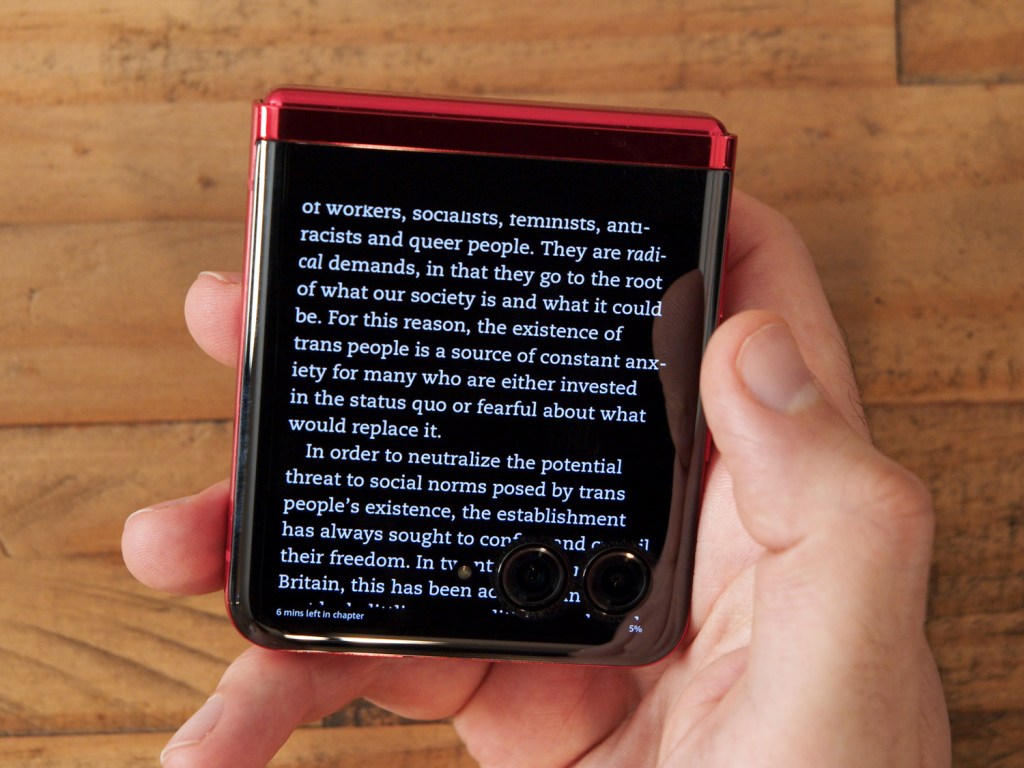
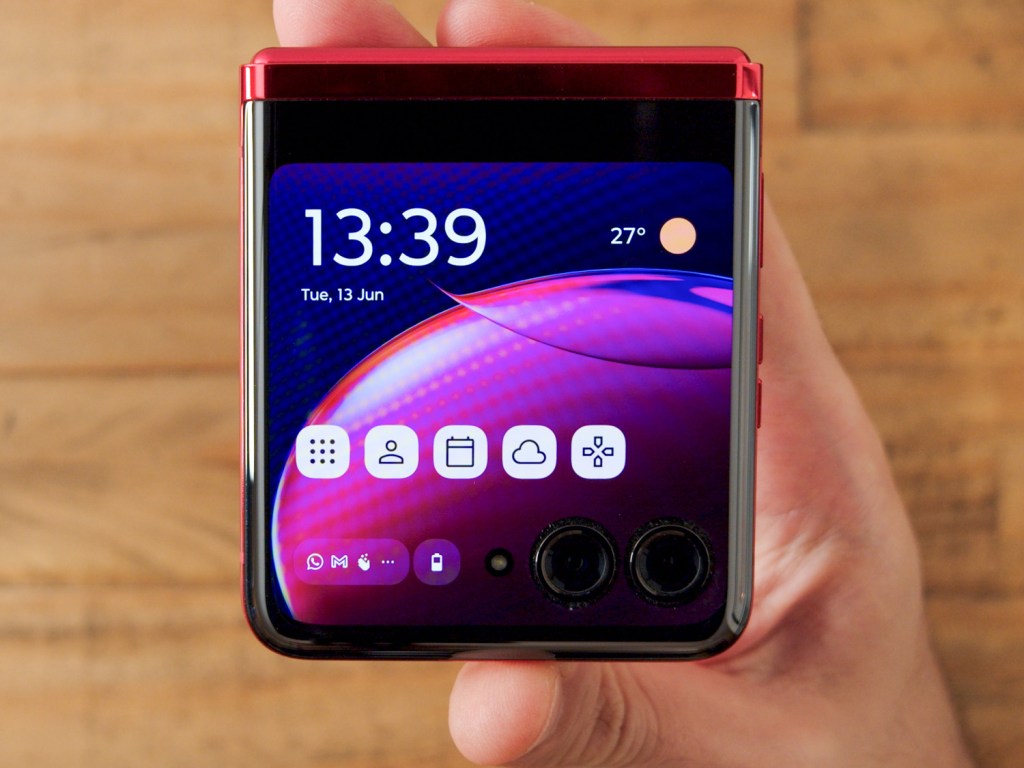
Motorola made some bold choices with the Razr 40 Ultra, streamlining its shape and differentiating with style. But while the big, attention-grabbing cover screen is the phone’s standout quality, it also gets the basics right. Build improvements versus its 2022 predecessor, nippy internals, a clean interface and rich feature set make the 40 Ultra a very good phone.
At its $999/£1049/€1199 launch price you could be justified in expecting a better camera system – but then again, no flip phone can compete with the very best traditional handsets for photographic ability. For casual snaps, it does just fine.
a seriously fun user experience built on a strong foundation of innovation and style, makes the Razr 40 Ultra ione small step for foldables, and one giant leap for Motorola – right to the front of the flip phone pack.
Stuff Says…
A fantastic flip phone and a return to form for the RAZR line, even if its camera doesn’t always hit the mark.
Pros
Fun, slim, lightweight design
Best-in-class cover screen
IP54 resistance and wireless charging make the cut
Cons
Cameras aren’t best-in-class
Less water-resistant than Z Flip 4
Pricier than competition
Motorola Razr 40 Ultra technical specifications
| Screen | 6.9in 2640×1080 folding OLED main w/ 165Hz, HDR10+ 3.6in 1066×1056 OLED cover screen w/ 144Hz |
| CPU | Qualcomm Snapdragon 8+ Gen 1 |
| Memory | 8/12GB |
| Cameras | 12MP, f/1.4, OIS + 13MP, f/2.2 ultrawide rear 32MP, f/2.4 front |
| Storage | 256/512GB on-board |
| Operating system | Android 13 |
| Battery | 3800mAh w/ 33W wired, 5W wireless charging |
| Dimensions | 171x74x7mm (unfolded) 88x74x15.1mm (folded) 184.5g (Magenta) / 188.5g (Glacier Blue, Infinite Black) |


